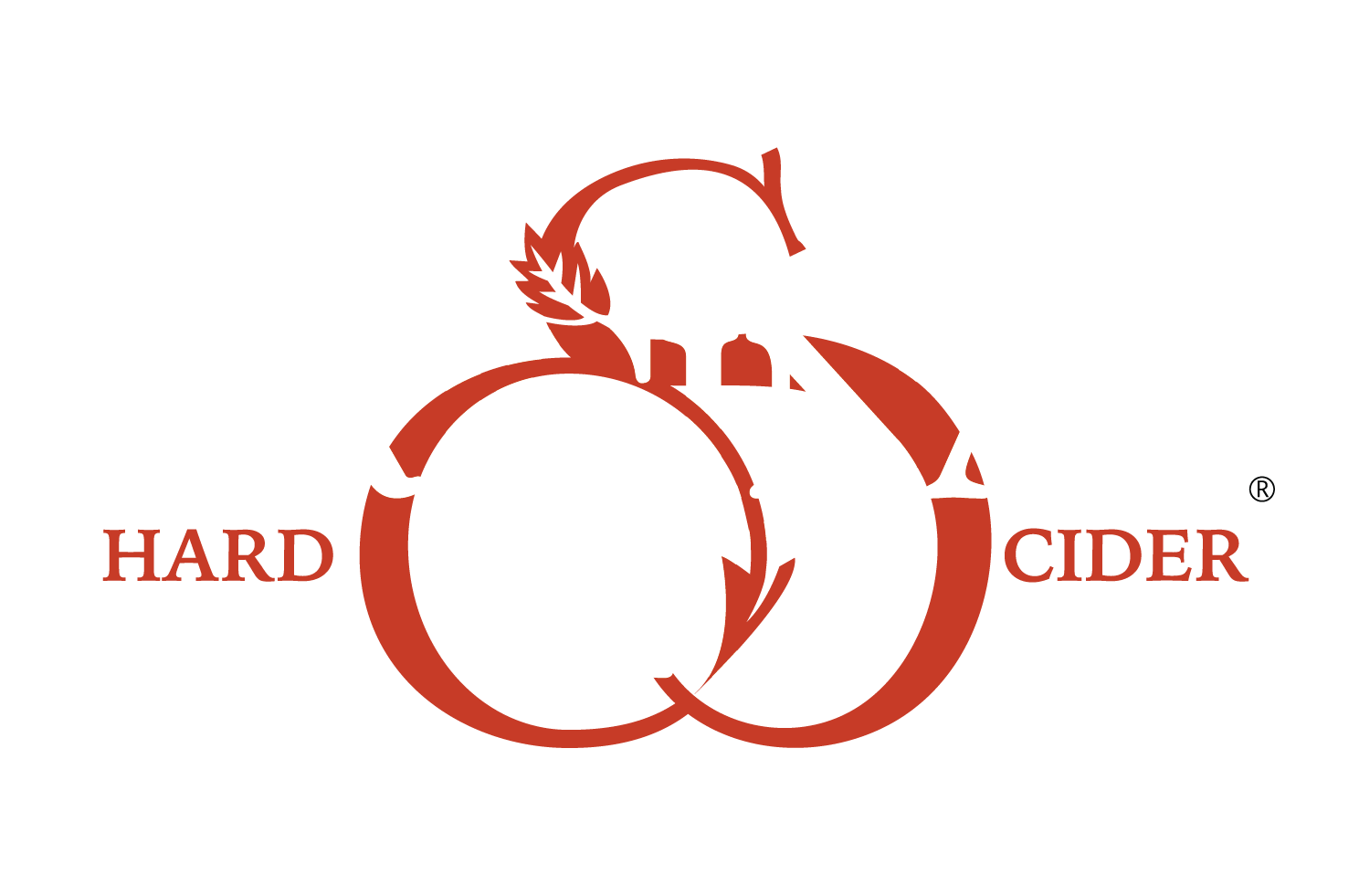IN THE BEGINNING...
20th-century American ciders were sweet, syrupy - a far cry from the dry, crisp, revolution-inciting ciders of our country's past.
In 1996, Gidon Coll wanted to reconnect America to its roots by creating a traditional cider with the complexity to satisfy today’s discriminating palates.
But where to begin?
Coll immersed himself in the history and the craft of cider. He fermented batch after batch in a small upstate New York winery. A wide-range of heirloom apples varieties were tasted and tested. He sought counsel from a local wine expert and from the owners, bartenders and patrons of bars he frequented in New York City’s Lower East Side and East Village. He collected feedback from everyone he knew, adjusting and tinkering with his cider until it was clean, crisp, and practically perfect. Then he enlisted friends to painstakingly hand-label bottle after bottle. He lugged cases and cases in and out of NYC's subways, delivering bottles to establishments of Manhattan and Brooklyn.
And it wasn’t long before Original Sin began receiving wide acclaim from sources as diverse as The New York Times, New York Post, Paper Magazine and Market Watch.
Today, you can find Original Sin's unique, award-winning ciders in over 30 states, as well as overseas. But it all started here in New York — inspired by our country’s past: a clean, crisp, DEVILISHLY DELICIOUS cider for our future.
HARD CIDER IN AMERICA
A land speculator, his tin hat glinting in the sun, sprinkled a handful of seeds on the earth. In time, Johnny's apple seeds sprouted, the trees grew, the branches bent, heavy with fruit.
The fruit was gathered - but it was not to be eaten. Not that tasting of the fruit was forbidden, like in Eden. No, the fruit would be used for a higher purpose: to make hard cider.
At the dawn of our country, our forefathers and mothers drank hard cider like it was water (because, in fact, in those days water was believed to be too dangerous to drink). Many of our founding fathers were avid cider drinkers including John Adams, who drank a tankard of cider every morning. Early books on U.S. pomology (the study of fruit trees), discussed in detail the best apples to cultivate for cider production. Cider apple varieties such as the Virginia Crab, Newtown Pippin, Campfield and Harrison were among the most heralded. Thomas Jefferson was an early cider connoisseur, who grew a number of prized apples on his Monticello estate for the sole purpose of making hard cider.
Then came Prohibition. Carrie Nation's axe of temperance felled cider-making operations in America. Orchards were razed, cider barrels emptied, and the tin hat rebranded.
When Prohibition lifted, hard cider making was slow to recover. Fortunately, over the past two decades a small-but-steady interest in cider has developed, and now we can proudly say a true U.S. cider revival is underway.



